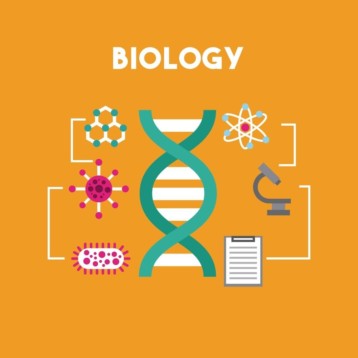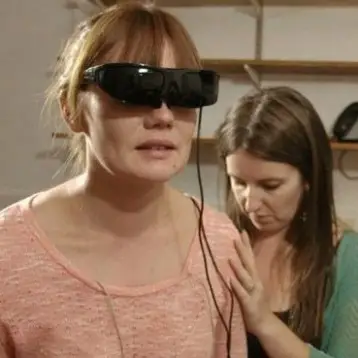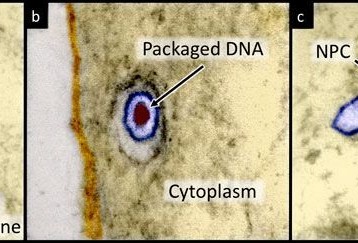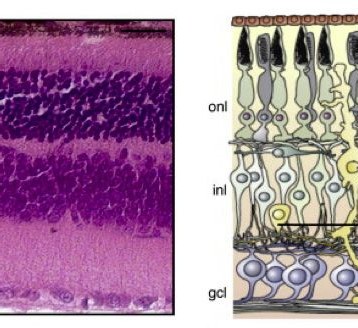|
The Middle Eocene is a major division of the geologic timescale, lasting from approximately 60 million years ago to 40 million years ago. The primitive “dugong” is probably among the world’s first fully aquatic sea cows, having evolved from terrestrial herbivores that began exploiting coastal waters. The irregularity of the newly discovered species is in its location, being the first one from the southern hemisphere – on Madagascar. Furthermore, it has extremely primitive skull morphology and dental adaptations. All these unique attributes has led researchers to categorize the finding in as a new species
The research was conducted by McGill University professor Karen Samonds and it was published in the Journal of Vertebrate Paleontology on December 12. According to Samonds, the fossil marks a pivotal step in understanding Madagascar’s evolutionary history, since it represents the first fossil mammal ever named from the 80-million-year gap in Madagascar’s fossil record.
“The fossils of this ancient sea cow are unique in that it has a full set of relatively unspecialized teeth whereas modern sea cows have a reduced dentition specialized for eating sea grass, and most fossil species already show some degree of reduction. It may also be the first fully aquatic sea cow; confirmation will depend on recovering more of the skeleton, especially its limbs,” says Samonds.
Sea cows, crocodiles, and turtles are generally associated with coastal environments. According to the study, their presence suggests that this fossil locality preserves an environment that was close to the coast. These sediments may potentially yield fossils of marine, terrestrial and freshwater vertebrates – animals that lived in the sea as well as those that lived in forests, grasslands and rivers close to the ocean.
Samonds, a curator at the Redpath Museum and an Assistant Professor in the Departments of Anatomy and Cell Biology, will lead future scientists to reveal more about the huge gap in Madagascar’s fossil record; she announced her plans to continue collecting fossils at this site, starting with a National Geographic-funded expedition in summer 2010. “My hope with the discovery of these fossils is that they will illuminate how, when and from where Madagascar’s modern animals arrived, helping us understand how Madagascar accumulated such a bizarre and unique set of modern animals,” she said.
Be sure to have a look at TFOT’s coverage of Ida, a 47-million-year-old fossil of a lemur-like creature that was preserved almost perfectly, unveiled in the US.
For more information about the discovery of the ancient pygmy sea cow, see McGill University’s press release.










